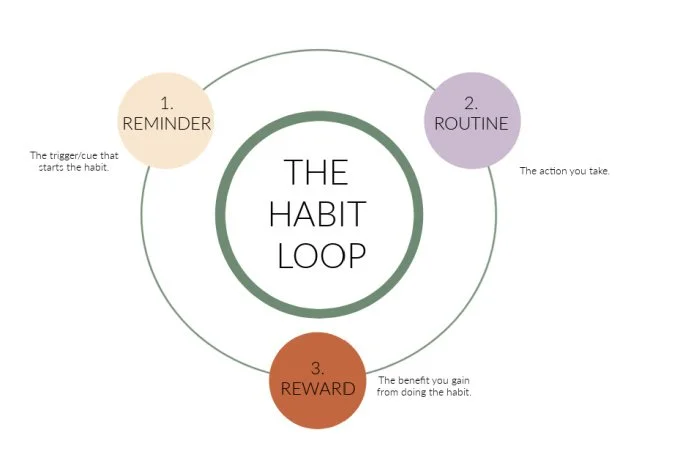Tiny Habits, Big Results: How Small Changes Create Balance
When it comes to achieving balance in life, many people think they need to make massive changes overnight. But the truth is, sustainable success often comes from the smallest shifts in your daily routine. Enter tiny habits—small, manageable actions that, when done consistently, create big results over time. In this guide, we’ll explore what micro-habits are, why they work, and how to integrate them into your life for long-term balance and success.
What Are Tiny Habits and Why They Work
Micro-habits are small, simple actions that require minimal effort but deliver significant long-term benefits. Think of brushing your teeth—such a tiny task, yet crucial for dental health. The same principle applies to habits like drinking a glass of water in the morning or writing one sentence in a journal.
Why micro-habits work:
Low Effort, High Consistency: Because they’re easy to do, you’re less likely to skip them.
Compounds Over Time: Small actions build momentum, creating lasting change.
Bypass Motivation: You don’t need to “feel motivated” to complete a micro-habit.
The Habit Loop: Reminder, Routine, Reward
To understand how habits form, let’s break down the Habit Loop, a concept from Charles Duhigg’s The Power of Habit.
Reminder: A trigger that initiates the habit (e.g., waking up).
Routine: The action you take (e.g., drinking a glass of water).
Reward: The positive feeling or outcome that reinforces the habit (e.g., feeling refreshed).
Pro Tip: To build a strong habit, focus on creating consistent cues and rewarding yourself after completing the routine, even with something simple like a mental “Well done!”
Habit Stacking: A Simple Strategy for Consistency
One of the easiest ways to establish new habits is through habit stacking, a method popularized by James Clear in Atomic Habits. The idea is to attach a new habit to an existing one.
Formula:
"After [current habit], I will [new tiny habit]."
Examples:
After brushing your teeth, do 5 deep breaths.
After making coffee, write one sentence in your journal.
After checking your emails, stretch for 30 seconds.
Habit stacking leverages routines you already have, making it easier to stick to new habits.
How to Track Your Habits Without Obsession
Tracking habits can be motivating, but it doesn’t have to be complicated. Here are simple ways to keep tabs on your progress:
Habit Tracker Journal: Use a dedicated journal to check off daily habits.
Apps: Try apps like Habitica or Streaks for digital tracking.
Visual Cues: Place sticky notes or visual reminders in your environment.
The key: Focus on progress, not perfection. Missing a day isn’t failure—just pick it back up the next day.
When Motivation Fades: Staying on Track
Let’s face it—motivation will fade at some point. Here’s how to keep going when it does:
Lower the Barrier: Make the habit even smaller. If you can’t do 10 push-ups, do 1.
Revisit Your “Why”: Remind yourself why the habit matters to you.
Accountability: Share your goals with a friend or join a community for support.
Remember: Success isn’t about doing big things once in a while—it’s about doing small things consistently.
Download Your Free Micro-Habit Starter Guide
Ready to put your micro-habits into action?
Download the Micro-Habit Starter Guide—a simple, printable worksheet to help you identify, track, and sustain micro-habits that support your balanced life.



